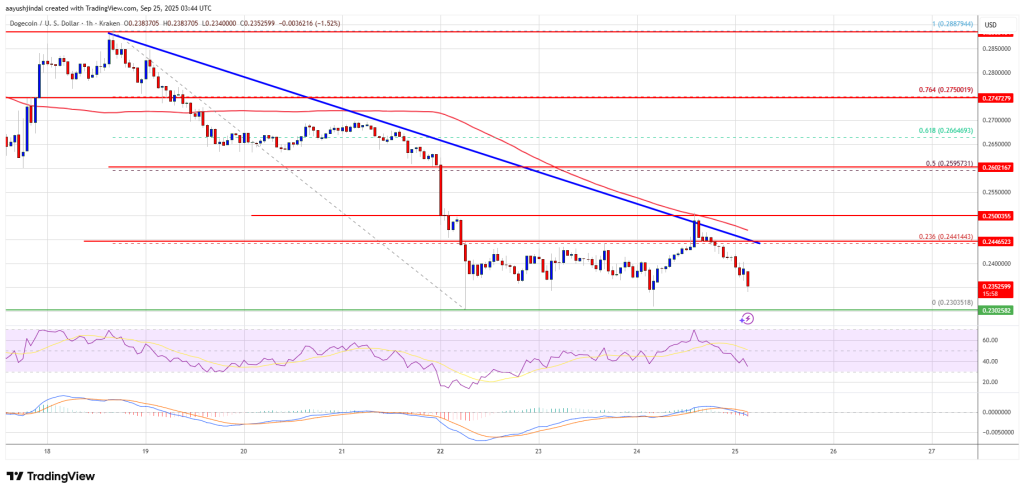The ‘Once A Decade’ Bitcoin Moment No One Sees Coming


A closely watched crypto commentator known as plur daddy (@plur_daddy) has resurfaced with a macro thesis that places Bitcoin and gold at the center of an approaching policy inflection—arguing that President Donald Trump’s push to assert greater control over US monetary policy could catalyze a liquidity wave that undermines the dollar and forces institutional participation in alternative stores of value.
The remarks arrive as global policymakers debate the use of Russia’s immobilized reserves to backstop new loans to Ukraine and as gold trades near record highs, sharpening the contours of a market regime in which Bitcoin increasingly trades as a function of liquidity and institutional credibility rather than a halving-linked “four-year cycle.”
Trump’s Fed Takeover Could Supercharge Bitcoin
“It’s been great being off Twitter… I continue to be long BTC and also significantly sized up my gold position in August. This is driven by my belief that Trump’s efforts to take control of the Fed represent a momentous catalyst, the kind that happens once a decade,” he wrote, adding: “Once he takes control, it is logical that he will not only cut rates, but engage in some form of yield curve control … The USD will get destroyed as a result.”
The post frames Bitcoin and gold as “more pure beneficiaries of an environment where liquidity is increasing and institutional credibility is undermined,” and contends that lingering fears about a halving-style market top are misplaced now that “BTC… has been captured by tradfi and is a more pure expression of liquidity conditions.” The policy backdrop he sketches has moved from hypothetical to contested reality in recent weeks. Federal Reserve Chair Jerome Powell publicly rejected claims that the central bank is acting politically, even as investors parse appointments and public pressure from the White House.
“Cheap shots,” he said of accusations about the Fed’s motives, defending the data-dependence of recent decisions. In parallel, global policymakers and market strategists have openly debated whether ongoing political intervention could force the Fed toward explicit yield-curve control to contain long-term borrowing costs—an approach not used in the US since the 1940s.
In a follow-up thread, “plur daddy” outlined a pathway to lower mortgage rates via government-sponsored enterprises (Fannie Mae and Freddie Mac) buying more mortgage bonds, with capital requirement tweaks and derivatives used to manage duration.
That proposal distinguishes itself from QE by shifting spreads through asset mix rather than expanding central-bank balance sheets directly. The argument aligns with the broader political incentives ahead of US midterms: “Markets are forward looking… They have a strong incentive to juice the economy and markets,” he wrote, while cautioning that direct stimulus would carry inflation risks.
The liquidity lens extends to the Treasury General Account (TGA) , which has been rebuilt rapidly into late Q3. Research desks had warned that an aggressive TGA refill into September could briefly drain market liquidity before easing, a pattern that crypto traders have long monitored given Bitcoin’s outsized sensitivity to changes in dollar system reserves and bills-versus-reserves mix. “BTC is hypersensitive to any shift in liquidity conditions, much more so than equities,” the post asserts, echoing analysis that mapped TGA dynamics to risk-asset performance.
Another pillar of the thesis is Europe’s evolving stance on Russia’s frozen sovereign assets—roughly $300 billion immobilized after the 2022 invasion. Brussels is weighing a structure in which new loans to Kyiv are backed by those assets and only repaid if Russia pays reparations—an outcome the author argues “will never happen,” calling the mechanism a de facto seizure that “massively bolsters the raison d’être for crypto.”
Market context has been sympathetic to the store-of-value leg of the argument. Gold has pierced new highs this month, with multiple banks projecting scenarios toward $3,700–$4,000 over the next several quarters if central-bank buying remains strong—and potentially higher if private investors accelerate hedging flows away from US dollar assets amid policy and geopolitical uncertainty. “It makes sense that BTC start moving [when] gold’s momentum slows down,” “plur daddy” added, positing a rotation once bullion’s advance stalls.
The post has drawn quick agreement from notable traders. “Agree, I am trying to time this, I think < 6 months & > 90k,” wrote Ansem (blknoiz06), sketching a timeline that implies a Q1 2026 window for a new Bitcoin leg higher. Macro strategist Alex Krüger called it a “great post.” Forward Guidance podcast host Felix Jauvin added: “So very well said. Good to see you man.”
The policy backdrop the expert sketches now features a Fed Board with a freshly confirmed Governor, Stephen I. Miran, who immediately dissented at the September FOMC for a larger cut and has been publicly arguing for materially faster easing in the dot plot.
In parallel, the administration’s attempt to remove Governor Lisa Cook via lawsuit has put an unprecedented spotlight on the legal protections around Federal Reserve independence. Those developments—together with Europe’s evolving plan to leverage frozen Russian assets—are the concrete signposts of the “once-a-decade” moment described above.
At press time, BTC traded at $113,121.


Bitcoin HODLers Booked $120 Million In Profits During Price Crash: Data
On-chain data shows the Bitcoin long-term holders locked in a significant amount of gain around the ...

Dogecoin (DOGE) Struggles Again – Is Market Preparing For Another Sharp Drop?
Dogecoin started a fresh decline below the $0.250 zone against the US Dollar. DOGE is now consolidat...

Stellar (XLM) Shows Signs of Strength: Analysts See $0.5 Target in Play
Stellar (XLM) is showing signs of resilience after weeks of consolidation, with the cryptocurrency d...

